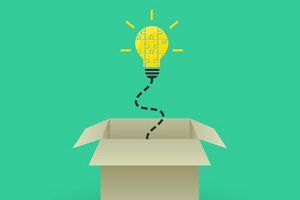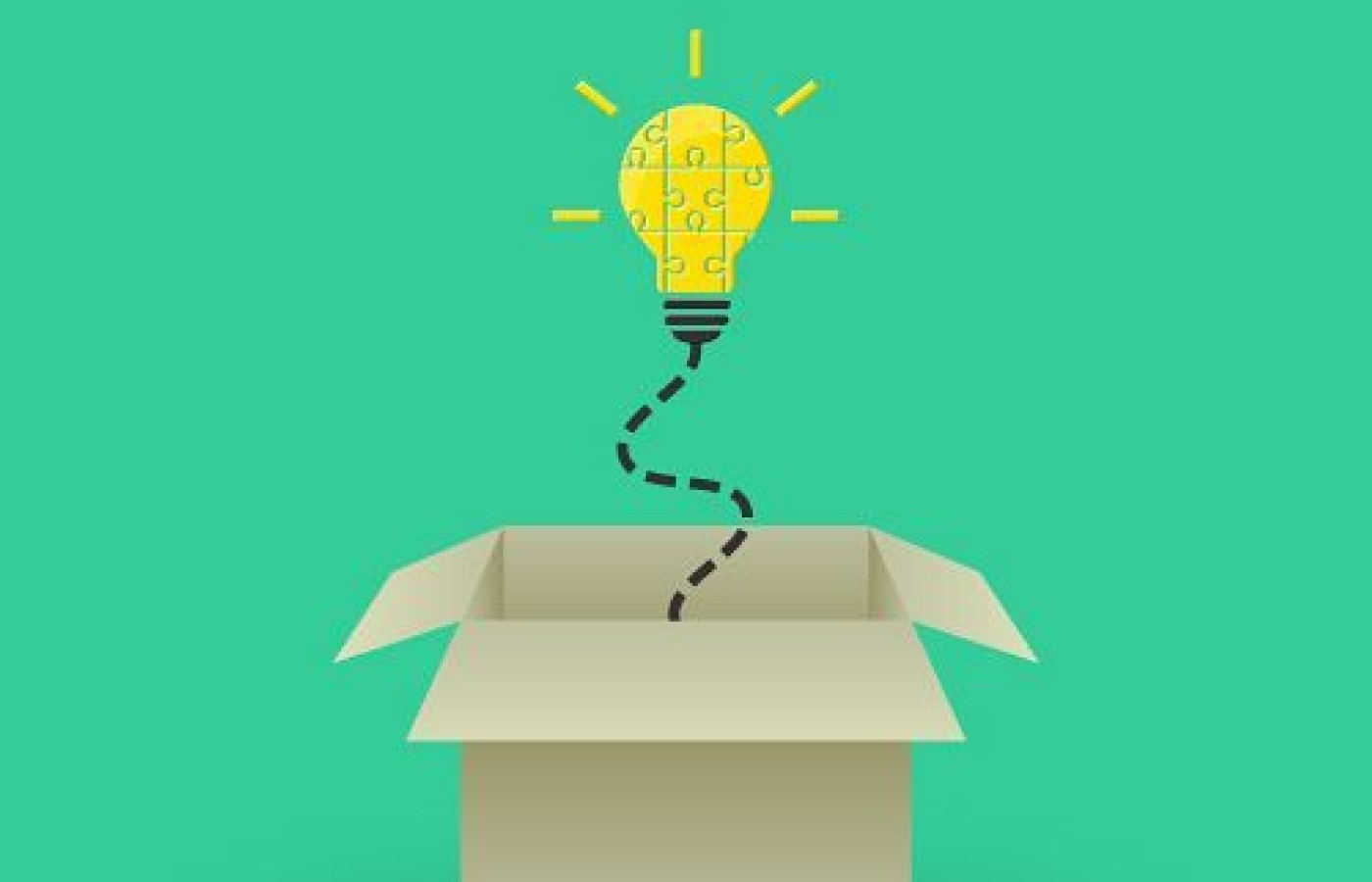Recent laws in New Jersey and California represent a disturbing trend that will negatively impact a practice’s ability to collect monies from patients, as well as expose them to significant penalties if the practice does not follow the mandatory guidelines to a T. Please be aware that a similar law may be coming to your state. The time to act is before the law is passed.
LED: The Next Wave of Low-Level Light Therapy
If you already offer low-level laser or LED therapy (also known as low-level light therapy) to your patients, then you know the benefits this natural alternative offers. If you are considering whether to offer laser / LED therapy, there are a variety of conditions that respond well to this type of treatment.
Whether you treat athletes and weekend warriors, working adults suffering from carpel tunnel or other work-related issues, or an older population of patients dealing with chronic pain, an investment in light therapy can give you more options to help these patients, both in your office and in the comfort of their own homes.
Patient and Practice Benefits
Also known as photobiomodulation, low-level light therapy (laser or LED) uses the distribution of light to accelerate therapeutic chemical processes in the cells of the human body that support the body's own innate healing and pain-relief processes.
However, unlike the highly focused beam of coherent light emitting from a laser, low-level LED light therapy uses LED diodes, with the most commonly used wavelengths of red, blue or near-infrared light to deliver diffused light that spreads out over a larger area.

As this diffused light is spreading out over the affected area, circulation is increased, which allows for greater nutrient-rich blood to flow to nerves, muscles, joints and other tissues. The result is a reduction in pain and inflammation, which allows the body's natural healing process to run its course much more quickly.1
The primary differences between laser and LED light therapy, as I'll discuss further, are that laser used to treat a very specific area has to be done supervised (not at home like LED), and can't be done for as long a period of time as LED.
Recent research indicates low-level light therapy can benefit the physical body as well as many internal organs, and can even uplift emotions and enhance cognitive brain function. Research by Harvard Medical School Associate Professor, Dr. Michael Hamblin, and Boston University's Margaret A. Naser, PhD, indicates a positive impact on the brain in relation to both trauma (PTSD, TBIs, stroke, concussion) and degenerative diseases (dementia, Alzheimer's, Parkinson's).2 Drs. Hamblin and Naser also suggest that "the high benefit:risk ratio of LLLT should be better appreciated by medical professionals in the rehabilitation and physical medicine specialties."
LED therapy is extremely safe and there is no recovery time after initial treatment(s). Patients can receive treatment on large areas or two or more areas of the body simultaneously. With LED, patients can also be taught to use this therapy at home for long-term pain management relating to chronic issues like peripheral neuropathy, low back pain or cervical pain. An additional advantage for the practitioner is that LED is an unattended therapy once the pads are put in place and the controller is switched on.
Conditions and Protocols
If you have patients who present with poor circulation due to neuropathy, light therapy can help to improve blood flow and the delivery of oxygen to the nerves, which can then help sensation to return. Infrared and red light trigger the release of nitric oxide from blood vessels and red blood cells in the area directly under the light therapy pads. Nitric oxide causes vasodilation that lasts several hours after the therapy is performed.
For someone with moderate to severe peripheral neuropathy, the combination of many modalities, as well as low-level light and other therapies, could lengthen the benefits of the treatment. Former TCA President Dr. Shannon Bone not only uses light therapy in his practice to treat patients with neuropathy, but also has developed a modified home protocol for patients who can't make it into his office as often as they would like.
"To be successful with the most severe cases of peripheral neuropathy, you are looking at treating the patient two to three times per week in the office for 8 to 12 weeks," says Dr. Bone. "There are people, for various reasons, who might not be able to come to the office that many times per week, so you can develop a home protocol for them with LLLT so they can continue to progress with their treatments."
Dr. Bone first takes an extensive health history to understand where the patient is coming from and what their goals are. Most often, patients with diabetes are the ones presenting with neuropathy, although others may develop it as a result of the side effects of cancer treatments. "In our office, because we are a multidisciplinary clinic and based [on] the extensive physical exam we conduct, we can establish a baseline of what they are presenting with so we can measure the progress moving forward," he says.
It then comes down to patient education. Typically, patients have dealt with their neuropathy through prescription medication. "For example, when dealing with a Type II diabetic, it's important to help them understand how they got to where they are, what is happening inside their body, and what improvement can look like for them," says Dr. Bone.
But neuropathy isn't the only condition that can be effectively treated with low-level light therapy. A 2018 study examined the use of photobiomodulation on acute pain and inflammation in patients undergoing total hip arthroplasty. The study found that LLLT was "proven effective in tissue repair by modulating the inflammatory process and promoting pain relief in patients receiving total hip arthroplasty."3
For older patients or those dealing with chronic pain from a nagging injury or accident that makes other treatments difficult, low-level light therapy is regarded as safe, painless, non-invasive and has no known negative side effects. There is also no down time needed after a treatment session. A typical session can last about 20 minutes, depending on the severity of the condition and the treatment plan developed by the chiropractor. Children will usually undergo a shorter session. And for those suffering from concussions or in the case of patients with an unusually high sensitivity, a session as short as five minutes has proven effective.
More and more studies are being done to take a deeper dive into the effectiveness of low-level light therapy and its impact on traumatic brain injuries, autoimmune conditions, metabolic syndrome, post-traumatic stress disorder, and other brain diseases such as Parkinson's and Alzheimer's.4
The Take-Home Message
As you know, accelerating the body's own innate healing ability is the best way to achieve and maintain health, and hopefully avoid drugs and surgery. Because low-level light therapy strengthens the immune system, treatments can also be preventative. Light therapy, in particular LED therapy, is a practical addition to any clinical practice and any family's at-home health and wellness routine.
References
- Saputo L. "Infrared Light Therapy by Len Saputo, MD." www.doctorsaputo.com/a/infrared-light-therapy, July 12, 2017.
- Hashmi J, et al. Role of low-level laser therapy in neurorehabilitation. Physical Med & Rehabil, 2010 Dec 1; 2(12 Supple 2): S292-S305.
- Langella LG, et al. Photobiomodulation therapy (PBMT) on acute pain and inflammation in patients who underwent total hip arthroplasty—a randomized, triple-blind, placebo-controlled clinical trial. Lasers Med Sci, 2018 Dec;33(9):1933-1940.
- Mercola J. "Healing the Body with Photobiomodulation." www.mercola.com, Feb. 26, 2017.



